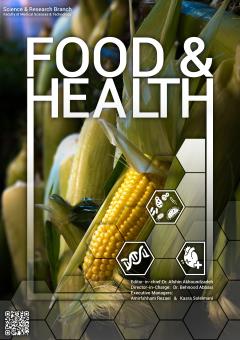-
-
-
Open Access Article
1 - The association of dietary acid load with non-alcoholic fatty liver disease among Iranian adults
Pegah Rahbarinejad Maryam Mohamadi Narab -
Open Access Article
2 - The association between dietary inflammatory pattern and body weight, lipid profile in Iranian diabetic adults
Maryam Mohamadi Narab Fereydoun Siassi Fariba Koohdani
List of Articles Maryam Mohamadi Narab
-
The rights to this website are owned by the Raimag Press Management System.
Copyright © 2021-2025


